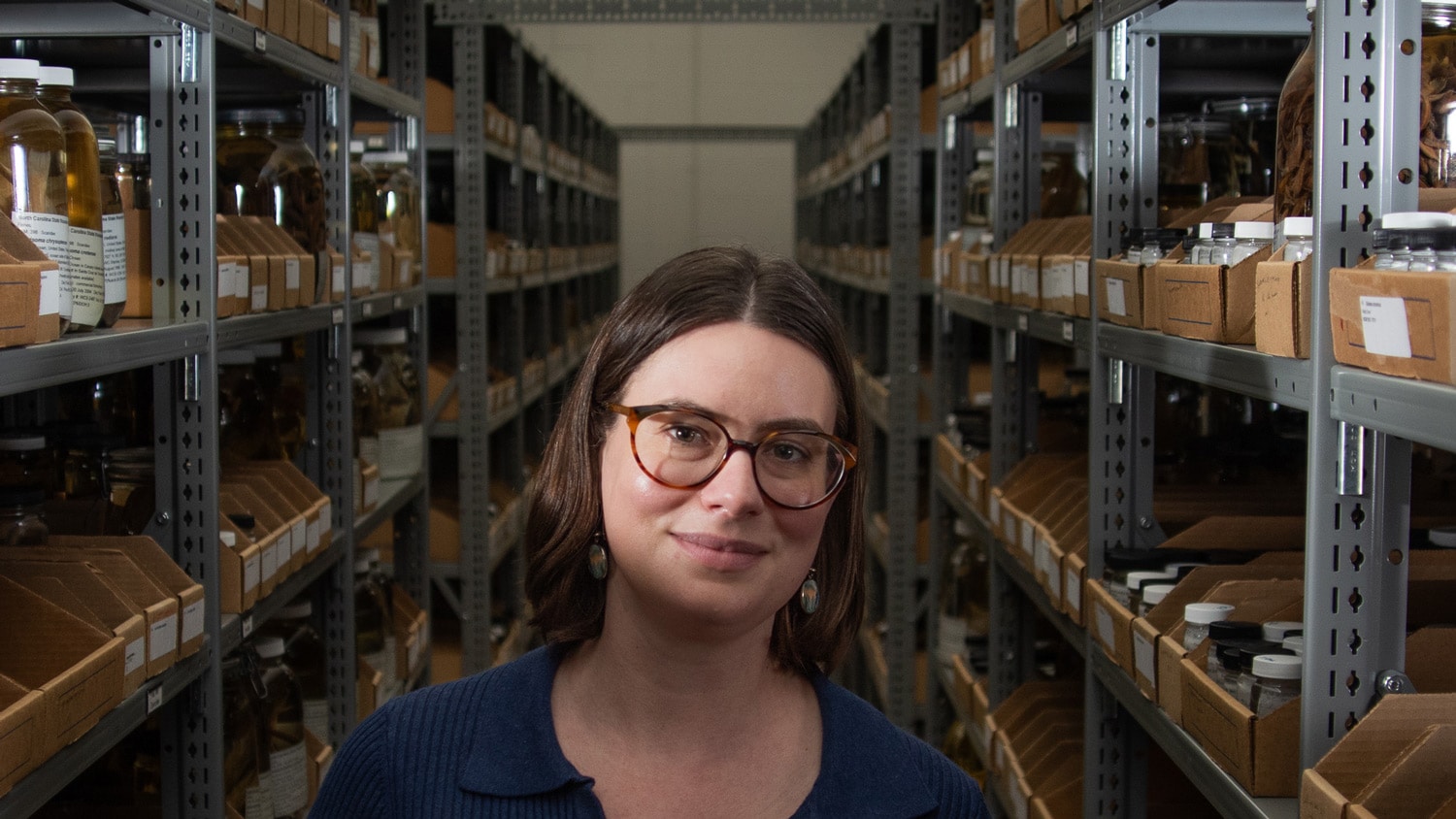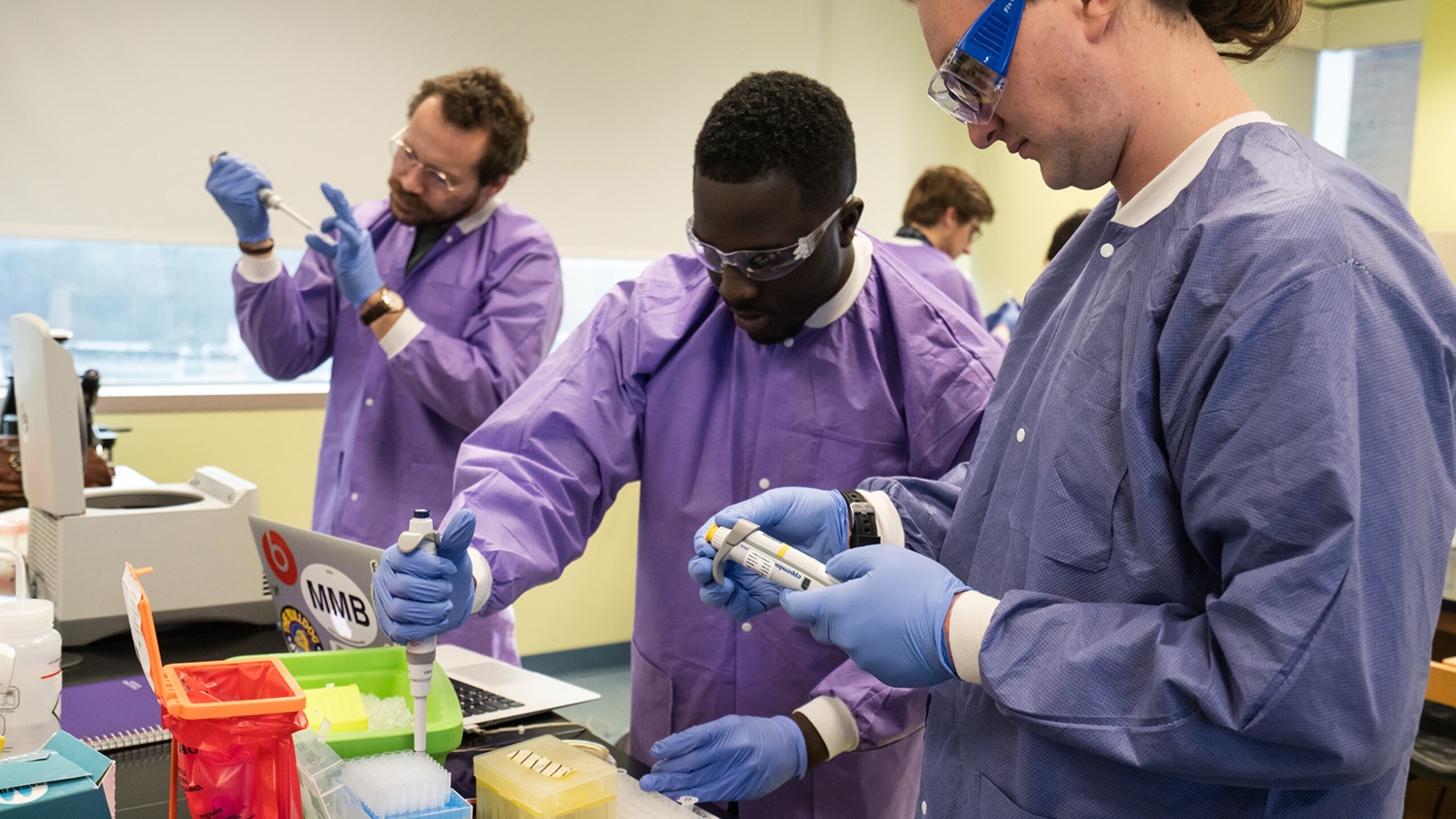What Does ‘Chance of Rain’ Actually Mean?

When you switch on the morning weather forecast and the helpful weather person tells you that there’s a “10% chance of precipitation” that day, what does it mean?
Does it mean that 10% of the day will be rainy? That you consistently have a 10% chance of getting rained on that day? Does it mean that 10% of the area where you live will get rained on? Or, that it won’t rain today?
In the interest of clarity, the Abstract reached out to Gary Lackmann, professor of marine, earth and atmospheric sciences here at NC State, to get the skinny on what that bit of forecasting lingo actually means, and how your local weather people go about putting forecasts together in the first place.
The Abstract: What does it mean when you say there’s a 10% (or it could be 20 or 70 — we’re using 10 as an example) chance of precipitation?
Lackmann: It means that at any given fixed location within the forecast area, there is a 10% chance of receiving 1/100th of an inch or more of precipitation. It doesn’t mean a 10% chance of rain for all of Wake County, for example — it means that your house has a 10% chance of getting rained on during the forecast time period. The forecasts generally span 6 to 12 hour increments. We use 1/100th of an inch as the cutoff because it’s the smallest amount of precipitation that the rain gauges we use can measure.
Interestingly, you can get a trace amount of rain — which is less than 1/100th of an inch but still enough to wet the ground — which we consider consistent with not raining. So we often use the term “chances of measurable precipitation” to clarify this distinction.
If there are 100 days in which the forecast for rain is 10%, then it should rain on 10 of those days and not rain on the other 90. So if you hear a forecast of 10% chance of rain, and it rains, it doesn’t mean that the forecast is wrong, it just happens to be one of those rainy days. Now if the forecast was for 0% chance of rain, and it rains, then yes, the forecast was wrong.
The Abstract: How does the average forecaster put together a forecast?
Lackmann: Well, there are a lot of different types of forecasts and a wealth of information available: computer model forecasts, climatology, satellite imagery, radar — so it can vary. But let’s just use a typical operational weather forecaster.
Most forecasters have a systematic process — moving from large-scale effects to small. First they’ll want to consider climatology: how often does it typically rain at that time of year for your location? What are the average conditions and extremes for the forecast site?
Then they’ll look at the current weather pattern — is there a cold front, upper-level disturbance, or a weather system that could produce lift, clouds and precipitation? Is there moisture available?
They also need to account for local effects — like the sea breeze on the coast that can create afternoon storms — or topographic features such as mountains, which can cause air to rise, triggering clouds and precipitation. Current satellite and radar data factor in as well.
The forecasters can use computer model data in various ways, for example, in the form of an “ensemble forecast” — a type of computer model forecast that is run several times, but with slightly different starting points or other differences in model settings. If there is an ensemble of 100 model forecasts and rain shows up at a given location in 30 of them, that could translate to a 30% chance of rain for that location. Of course, forecasters use more information than just computer models, even ensemble models.
The Abstract: Even with all the data, no weather forecast is perfect. What do you wish people understood about the science of forecasting?
Lackmann: I think honesty is the best policy — we need to include uncertainty as a part of weather forecasts.
People are accustomed to getting their forecasts in a simplified way — often an icon and single temperature for a seven-day period — and that is misleading because the forecast confidence generally diminishes as the forecasts reach farther out into the future. But some weather patterns are more predictable than others. For example, in some situations two- or three-day forecasts are uncertain, but in others there may be good confidence (small uncertainty) out to a week or more. In order to complete the forecast we should be letting users know the uncertainty, that it can vary, and that even rare events are possible and we should be prepared.
This post was originally published in NC State News.


